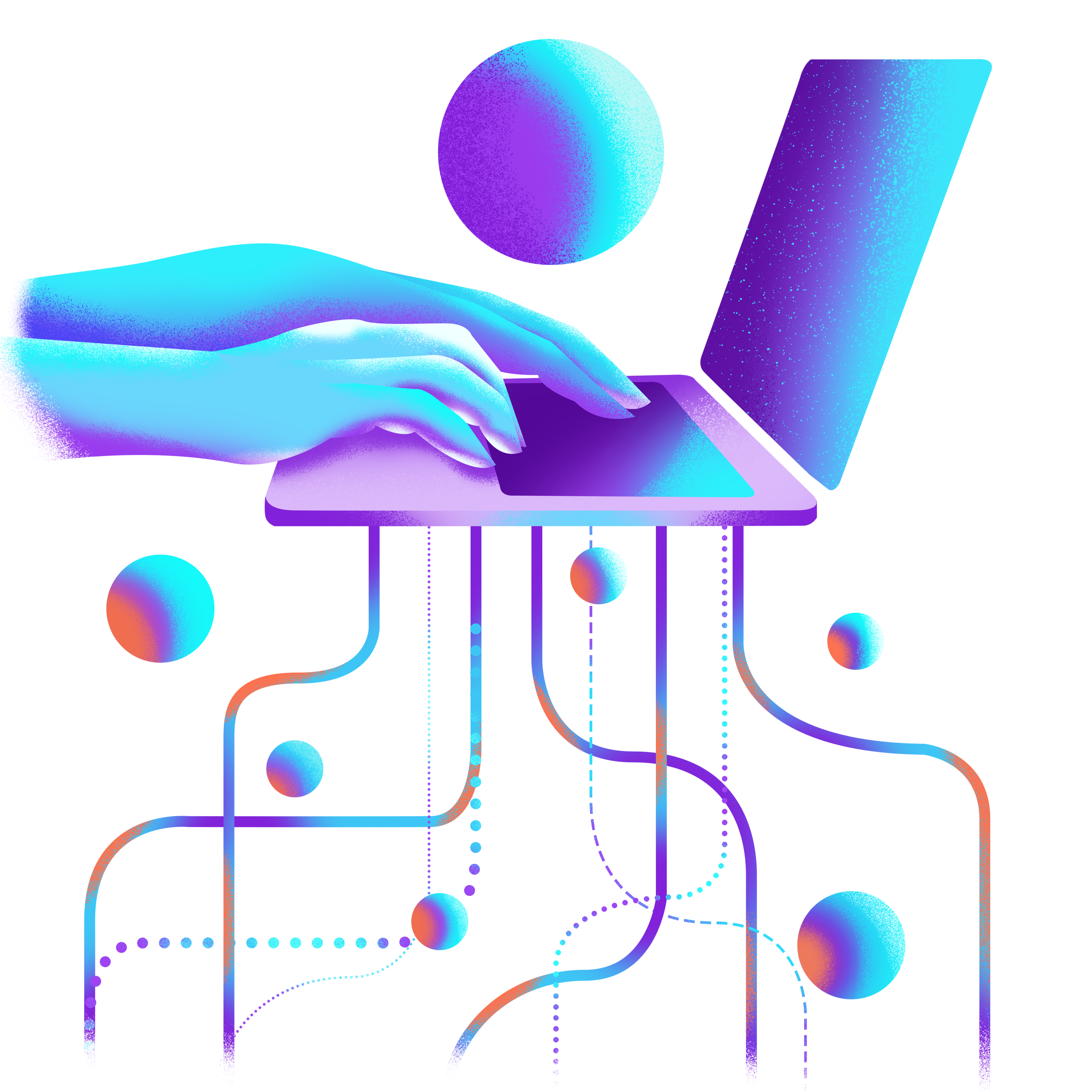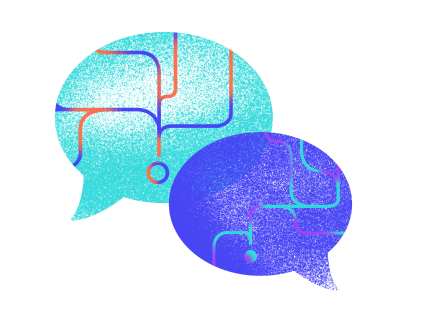

Focused on Delivery
Developed sophisticated external APIs to streamline Wayfair's supplier onboarding and catalog management process.


Focused on Results
Transformed Wayfair’s supplier onboarding, increasing product listings and driving significant revenue growth.


Focused on Partnership
Became a trusted advisor, navigating internal politics and fostering strong supplier and stakeholder relationships.
About Wayfair
Founded in 2002 and based in Boston, Wayfair Inc. is one of the largest furniture and home goods retailers in the world. Originally operating as hundreds of niche websites, the company consolidated and rebranded as Wayfair in 2011. Today, the e-commerce company offers over 30 million products from over 20,000 suppliers, with 13,000 employees in office and warehouses across North America and Europe. Wayfair’s revenue reached $12 billion in 2023.
The company prides itself on customer service. Customers particularly appreciate the ease of shopping on Wayfair’s e-commerce site.
The Opportunity: Ensuring Satisfaction for a Multi-Sided Marketplace
Wayfair’s competitive advantage is based on its wide selection of home goods, paired with detailed search and filter capabilities, which allows customers to find exactly what they want. The only way the company can offer such a wide variety of products is through multiple suppliers.
Imagine a customer who is shopping at wayfair.com looking for a sofa. With over 30 million products from more than 20,000 suppliers, finding just the right sofa is no easy task. In order to power a seamless, easy-to-use interface, smooth backend operations are critical.
Thousands of suppliers, millions of products, and lots of filters, plus shipping and fulfillment translates to a complex backend that is challenging to maintain. While Wayfair placed a strong emphasis on optimizing the customer experience, there was a big opportunity to enhance the supplier experience. Product onboarding and catalog management became a high-friction experience for suppliers.
Suppliers continued to work with Wayfair because of its dominant presence in the home goods market, recognizing its significant value. However, some suppliers began engaging with competitors, who had a more streamlined and efficient product onboarding processes. This desertion highlighted an opportunity for Wayfair to enhance its supplier experience, ensuring it could capture even more business and strengthen its market position.
Building a better “customer experience” for suppliers was critical to increasing listings, growing supplier partnerships, and driving revenue growth. The company needed a better solution to interface with suppliers but didn’t know where to start. Developing and implementing a solution was challenging, given competing priorities, including balancing the needs of customers and suppliers.
Wayfair partnered with Focused Labs because of our expertise in modernizing and simplifying backend systems. We joined internal supplier-facing teams as trusted advisors and partners to update the supplier experience.
The stakeholder team eventually nicknamed our crew the Tiger Team. We earned the name by cutting through internal politics and getting things done quickly to improve Wayfair's supplier experience.

Getting to the Solution: It Takes Communication
At Focused Labs, we pride ourselves on being trusted advisors. We start engagements with a kick-off meeting that includes key stakeholders and critical team members, to deep dive into the business needs and pains.
In this situation, after brainstorming with stakeholders, it became clear that Wayfair needed more sophisticated external APIs for suppliers. Our next step was to determine where to start and which teams owned the data we needed. To identify a starting point, we followed a two-pronged discovery approach. One track focused on technical discovery, which involved understanding existing systems, from APIs to databases and deployment practices.
The second track was dedicated to user research. Our goal was to understand who would be consuming the APIs we were building and their greatest needs and pains. We collected feedback from internal customer support teams, while also building relationships with suppliers who were willing to engage. Qualitative and quantitative supplier feedback led us to gain a better understanding of critical features for the APIs, which centered on updating and editing key elements of a product within broader catalogs.
As we concluded our initial discovery, we determined which APIs we should build, what API we would deploy first, and what core data elements the API needed to contain in order to drive adoption with suppliers. Additionally, we determined that the APIs should be built with GraphQL; its flexibility in handling complex queries perfectly suited Wayfair’s use cases for product catalog management.
Our relationship with the suppliers was helpful throughout the engagement. We shared our research with them during the early stages of development. For example, when they viewed our JSON (JavaScript Object Notation) snippets and provided feedback, we realized we were using Wayfair-specific terminology rather than the standard verbiage suppliers were familiar with.
Other user-centered design principles, such as journey mapping, were also applied to the API development.
Implementation and Execution: Overcoming Challenges
Every project has its unique challenges. In this case, the most significant challenge was getting buy-in across the various internal teams who had the data we needed to include in our first MVP API. Although the initial stakeholders trusted and helped us avoid much of the internal politics, other internal teams opposed our solution and doubted our methods.
Instead of being deterred, we kept moving forward.
After our initial technical and product discovery, we developed a starting point for a minimum valuable API that we could test with suppliers. We got to work immediately, building trust with the teams who owned the data we needed. In parallel, we built relationships to align our work to Wayfair’s broader business goals.
As development progressed, many of the early skeptics started to buy in. The high quality materials we developed were key to converting skeptics.
To encourage adoption, we turned to the suppliers we built relationships with early in the process. Once we reached a greater stage of product maturity, we engaged suppliers for beta testing. The feedback was useful and critical in moving forward and ensuring adoption.

Measuring Success: Reflections on the Project
Wayfair partnered with Focused Labs to improve a lackluster supplier product catalog experience. We developed a frictionless, API-first experience that allowed suppliers to more easily update, manage and sell their products on wayfair.com. The automated API services catalog simplified the supplier process for interacting with Wayfair catalogs.
The new experience helped suppliers quickly register new SKUs. The speed and ease of the process encouraged suppliers to upload their full product lines, giving Wayfair an opportunity to increase profits.
Working with a multi-sided marketplace company like Wayfair is bound to be challenging. The internal politics at play certainly complicated the process. There was frustration and strong opinions from internal teams who had seen others try and fail to come up with a solution.
One senior-level employee who initially opposed our approach said, “I can honestly say your team has been more successful at launching these new APIs than years of teams trying to do it.”
"I can honestly say your team has been more successful at launching these new APIs than years of teams trying to do it."
What made our approach work? As the saying goes, success has many fathers. Success began by living up to the nickname Tiger Team: cutting through the internal politics and getting work done.
Other keys to our success:
- Narrowing down the defined problem space and picking a starting point.
- Leveraging user-centered design/UX design and applying it to API development.
- Accelerating the software development process.
And, of course, our technical expertise. Making changes to Wayfair’s huge and complicated back end is a complex and time-consuming endeavor. We applied our listen-first attitude and developed a system that allows Wayfair to deliver best-in-class technology.
That’s something even the greatest skeptics can appreciate.


